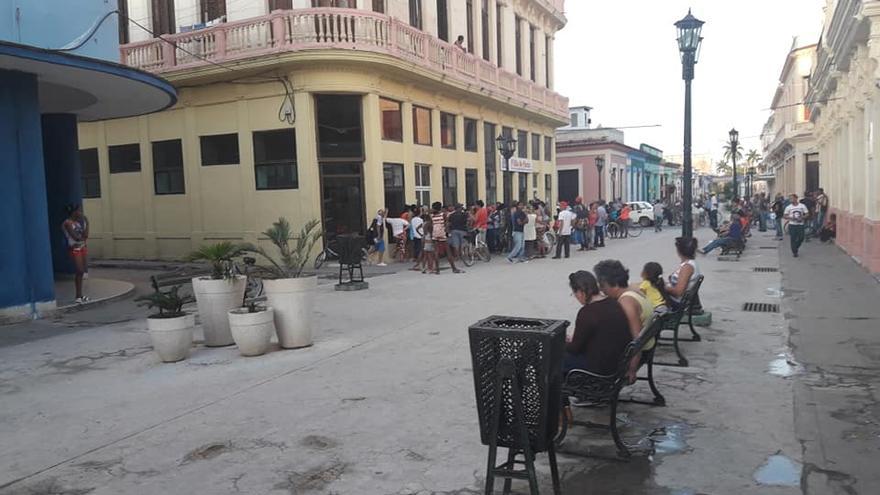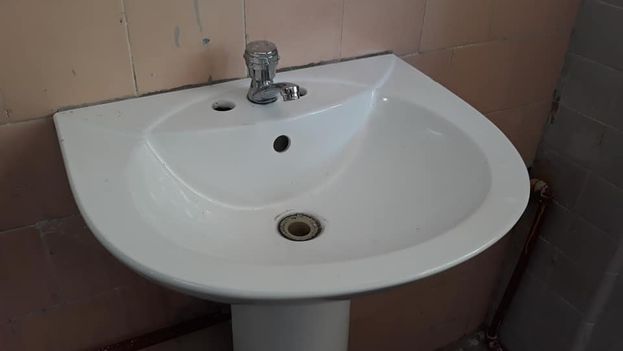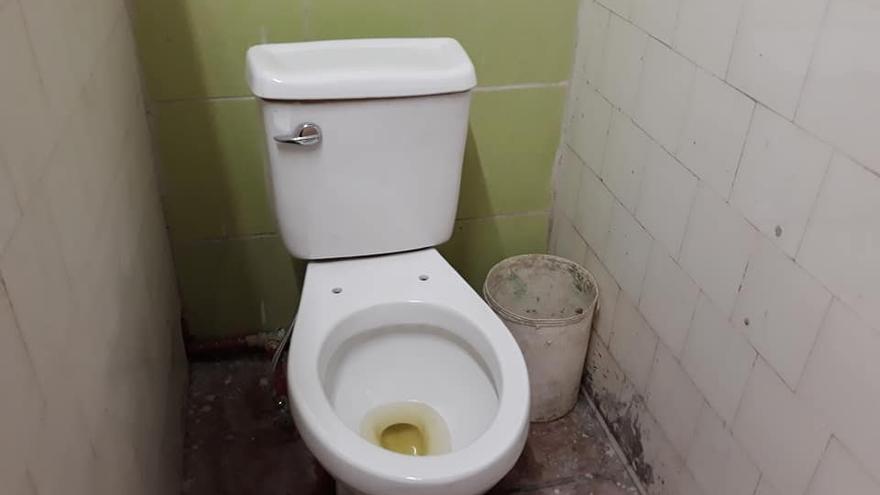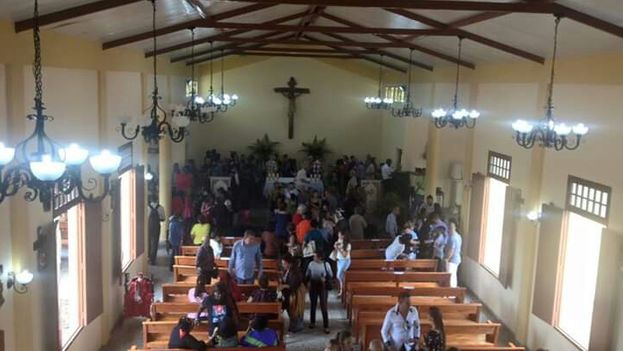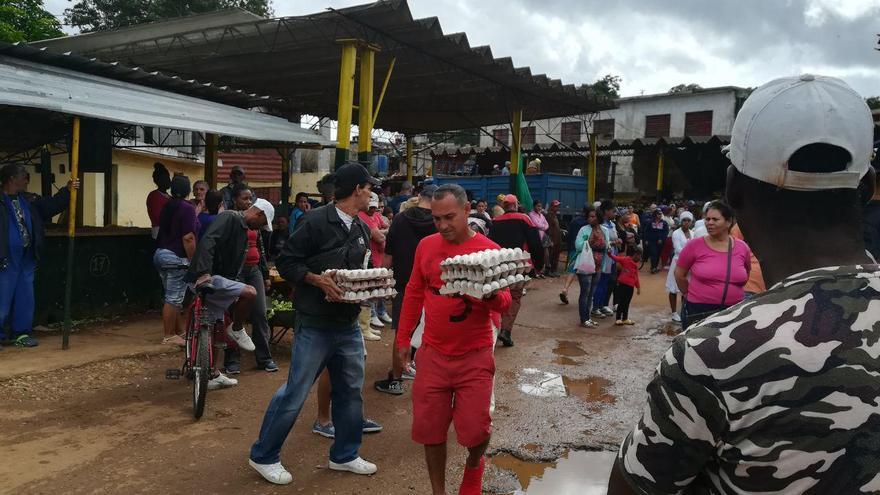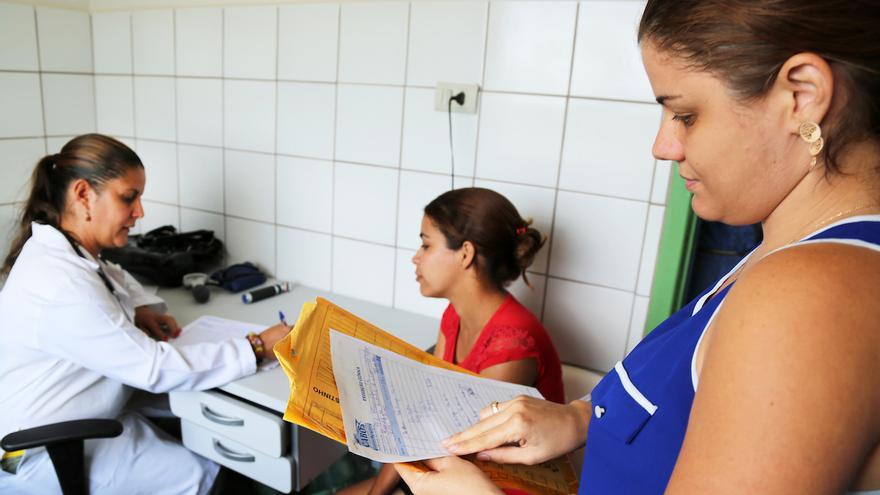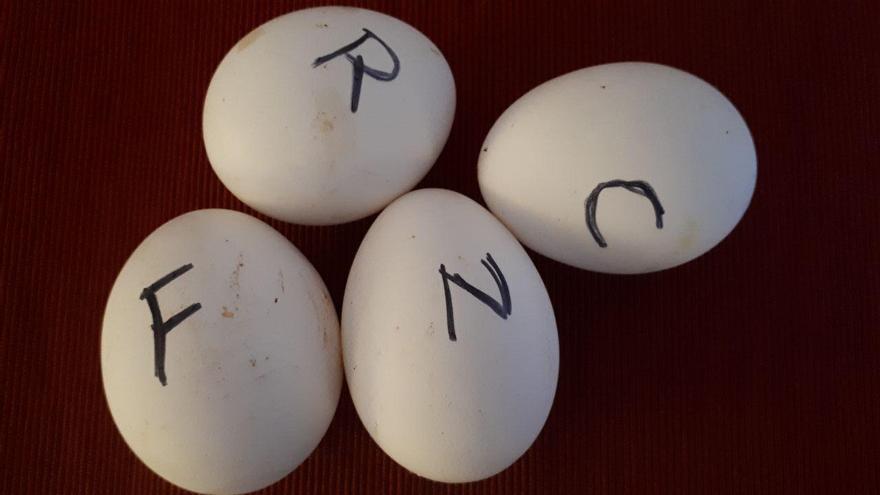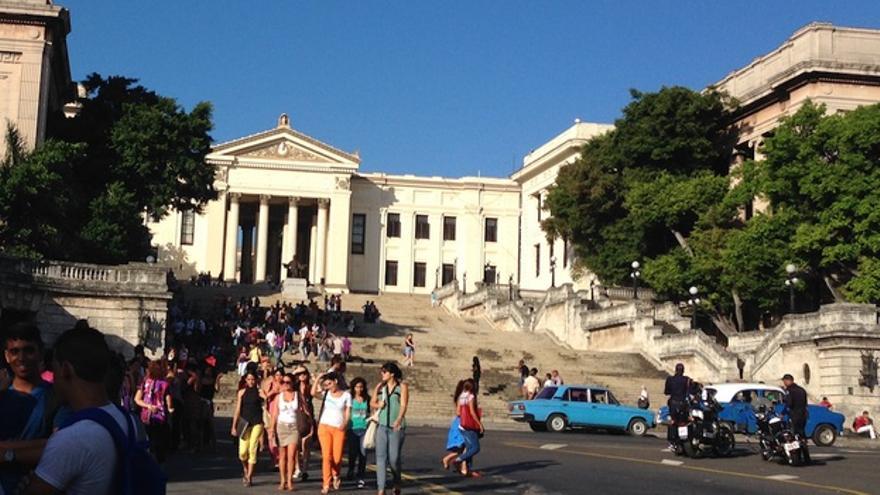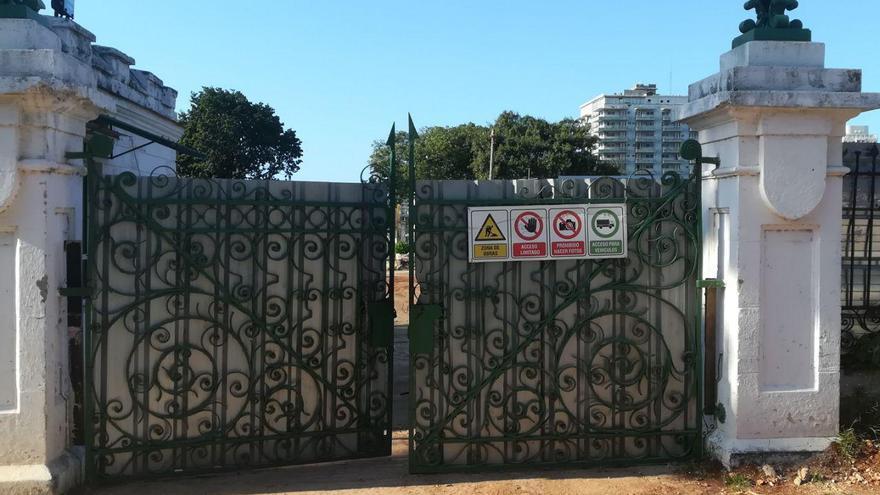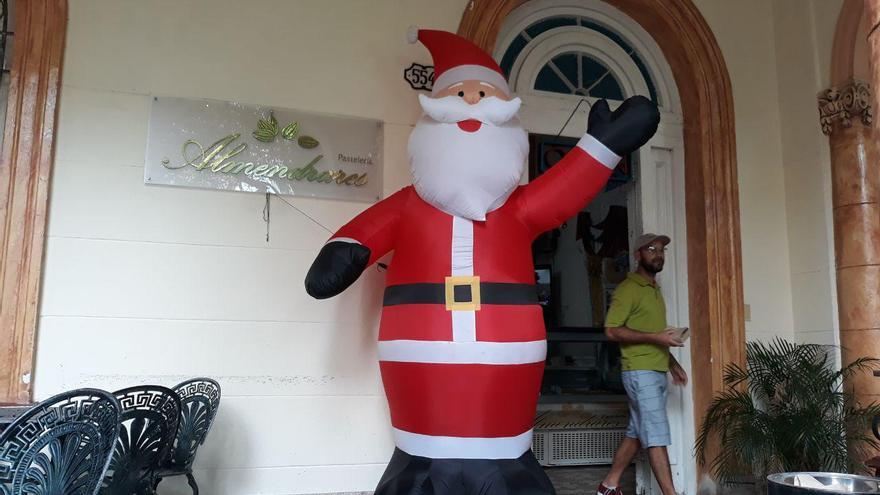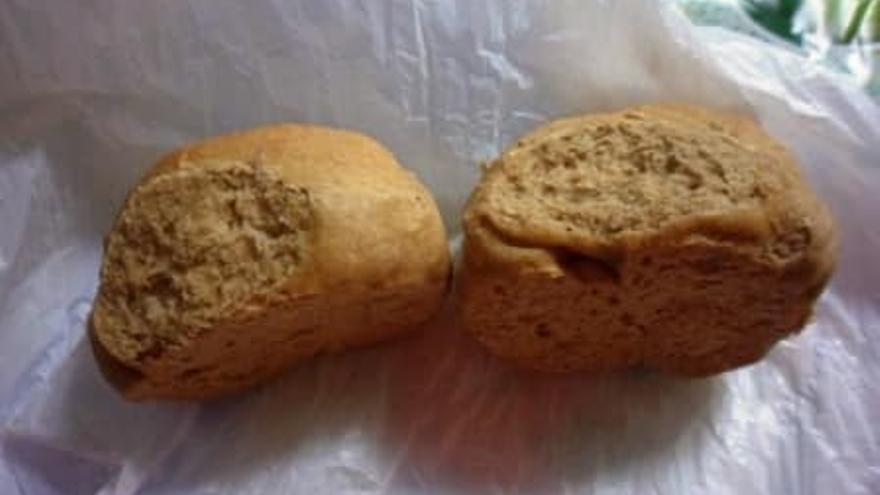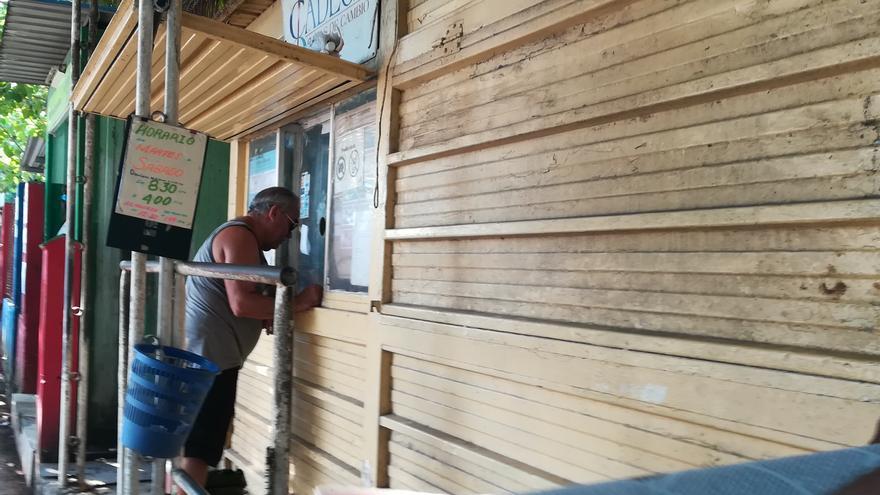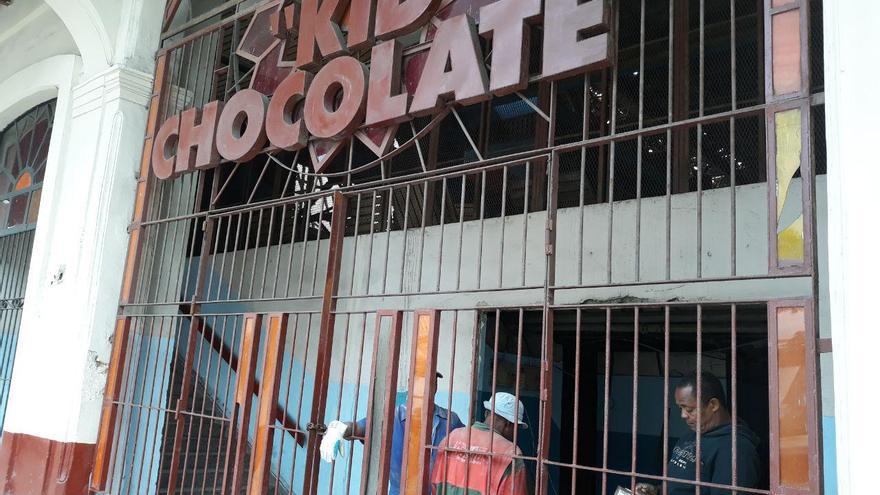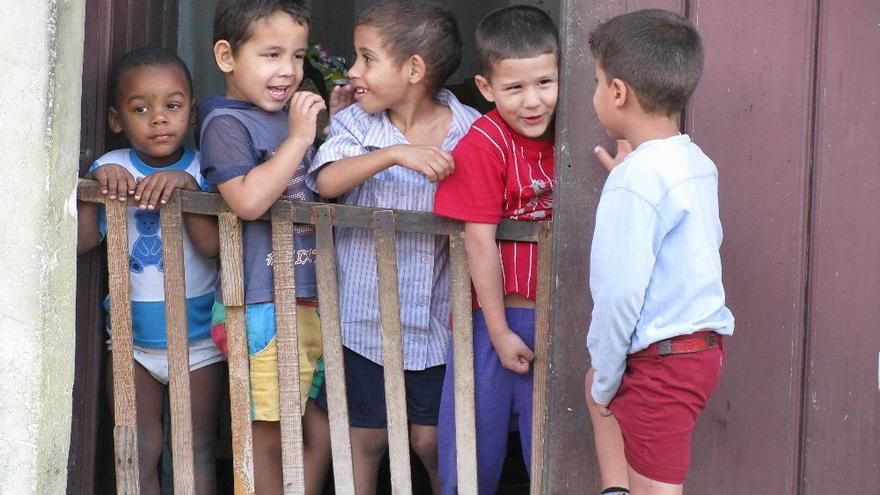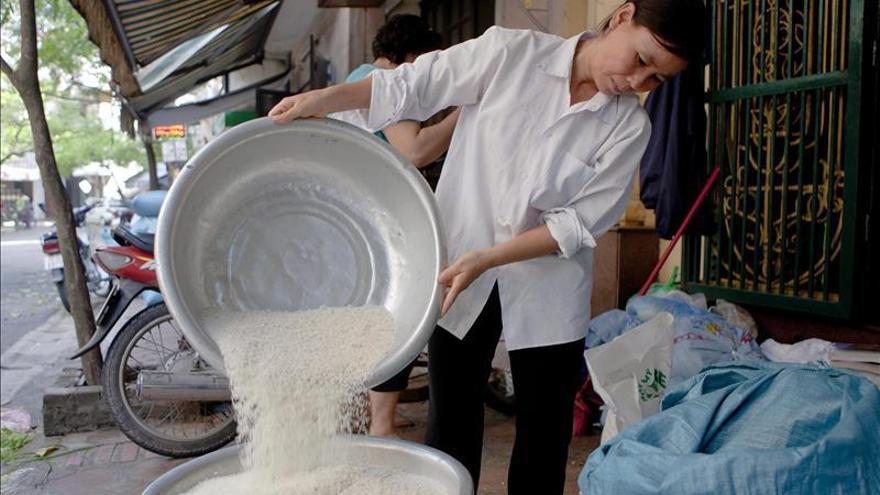
![]() 14ymedio, Marcelo Hernández, Havana, March 7, 2019 — Herminia does a rigorous inventory of everything she needs to bring to the hospital: a pillow, a fan, a bucket to flush the toilet, and some disposable syringes that she bought on the black market. Her 27-year-old grandson is hospitalized with dengue fever and the family is preparing for the shortages of the Public Healthcare system in Cuba.
14ymedio, Marcelo Hernández, Havana, March 7, 2019 — Herminia does a rigorous inventory of everything she needs to bring to the hospital: a pillow, a fan, a bucket to flush the toilet, and some disposable syringes that she bought on the black market. Her 27-year-old grandson is hospitalized with dengue fever and the family is preparing for the shortages of the Public Healthcare system in Cuba.
In the bag, along with the cotton swabs and thermometer, Herminia carries a gift for the doctor and the nurses attending the young man. “No one has asked us directly but it’s clear that the conditions in which they work are very bad, so we try to help them.” The gift includes soap, several pens, and a women’s perfume.
Although in 2014 the Government approved a salary increase for the more than 440,000 workers of the Public Healthcare sector, the monthly salary still doesn’t surpass the equivalent of $70, a figure that is almost symoblic in a country where a liter of sunflower oil reaches $2 and a kilo of chicken is about $1.90. continue reading
For decades Cubans have been accustomed to bribing doctors with money or gifts to get a favorable treatment, a practice that the government prohibits but which has spread to all levels of service and all specialties.
In recent months several official voices have resorted to the traditional euphemisms calling for “raising the ethics” in patient treatment and “eliminating certain distortions” in Public Health, but doctors don’t seem prepared to renounce the bonus represented by the gifts, donations, and help that they receive from the sick and their relatives.
“It’s not that they have to give me something to receive good care, but everyone who comes to this clinic knows that I have to jump through hoops to be able to feed my family with this salary,” justifies Sandra, a young graduate in Comprehensive General Medicine who sees patients in a hospital in the Cerro neighborhood.
“Yesterday I was able to have a snack because the mother of a young man I attended gave me a steak roll and a drink,” says Sandra. “In my house I have half a bag of rice given to me by a grateful patient who I once helped recover from an allergy crisis, and the husband of another patient got me the only fan in this place,” she says.
Sandra’s salary, a little more than $50 monthly, is enough for her to defray the costs of electricity and gas, buy the few products that the rationed market still offers, and “go twice to a hard currency store to bring food home,” she reflects. “It’s enough to buy a few pounds of pork, some tomato sauce, and a little bread, and that’s it.”
With an extensive network of hospitals, clinics, and family medical consults, the Healthcare sector, which was one of the jewels in the crown of the system, has been particularly affected by the loss of the Soviet subsidy that had allowed the Island to reach the health indicators of a first-world country.
“We began to have problems with everything, since the equipment was breaking and there weren’t replacement parts or even medicine, going through the resources that workers receive like clothing or footwear,” recalls Jorge Echavarría, a retired urologist who had to work in the difficult years of the ’90s on the Island. “The levels [of care] prior to the Special Period were never recovered,” he believes.
Bathrooms without water, unpainted walls, broken air conditioning, and terrible food are what Herminia found upon arriving at the ward of the Freyre de Andrade General Surgery Hospital Clinic, in Havana, where her grandson was a patient. The medical center is still half-finished after a long repair, and patients enter between scaffolding and workers finishing certain places.
“We’ve even had to bring the power outlet to put it in the wall and be able to connect the fan because there was only a hole with two cables,” laments Herminia. A neighbor has lent them a small portable television and they also have brought all of the bedding from home. A mosquito net, also brought by the family, covers the patient’s bed.
A few meters away, another patient eats directly from a plastic container that his daughter has brought him. Beside the bed, untouched, is the tray with a watery soup, a little rice, and a greenish mash that they gave him in the hospital. “Those who don’t have family members who bring them food have to eat that,” he points out, because here “we have to move our home into the hospital.”
As a consequence of the precarious economic situation doctors are experiencing in health centers, many of them long to be part of the medical missions to other countries. Although once abroad they only receive between 10% and 15% of the total salary that the local governments pay the Ministry of Health, this quantity is much more than they receive on the Island.
The Cuban medical presence reaches 64 countries and it is calculated that more than 30,000 health professionals are currently working in “international medical cooperation.” The hope of the majority is to be able to bring resources to the Island so that their families can live better or to end up emigrating during one of those trips.
“My dream is that they send me on a mission,” says Sandra, the young recent graduate. “That is the only possibility I have to get out of this hole and get some money to fix my house.” Until that day arrives, the doctor hopes “to be able to keep surviving thanks to grateful patients,” those who never arrive with empty hands.
Translated by: Sheilagh Carey
_____________________________________
The 14ymedio team is committed to serious journalism that reflects the reality of deep Cuba. Thank you for joining us on this long road. We invite you to continue supporting us, but this time by becoming a member of 14ymedio. Together we can continue to transform journalism in Cuba.

